We recently sent two track newbies to California Superbike School to experience Level 1... Words: Andrea, Winston Photography: Tim Munro, Kris Hodgson
We sent two very different riders to California Superbike School. Winston is a weekend rider that owns a GSX-R1000 streetfighter, Harley Street Rod and a few off road bikes. Andrea grew up riding minibikes and is now a uni student living in the city and using her Moriwaki CBR250R as a daily rider.
ANDREA’S EXPERIENCE
Recently I had the opportunity to spend a day with the largest non-competitive motorcycle events group in the southern hemisphere – California Superbike School (CSS). The school’s motto is ‘discover the art’, which roughly translates to ‘learn how to corner safer… and faster’.
There are four levels of advanced rider training offered at CSS all designed to teach you step by step how to improve the stability of your bike around a corner by refining riding technique. I enrolled for Level 1, which teaches the fundamentals, gets you comfortable with the track and corrects bad habits.
My riding experience surmounts to a little over a year of inner-city Sydney commuting. So although I am quite proficient at dodging apparently blinker-less cars at speeds less than 80km/h, I had never graced the track. As the date for the event drew closer and closer, my trepidation grew and grew.
My pride and joy is a 2013 Honda CBR250R Moriwaki Edition, a bike that until the morning of the CSS day, I felt had more than enough power. Arriving at Eastern Creek Raceway at 7am sharp, my nervousness was compounded as my little bike seemed to shrink in the company of the other motorcycles lining up to be inspected by the CSS staff.
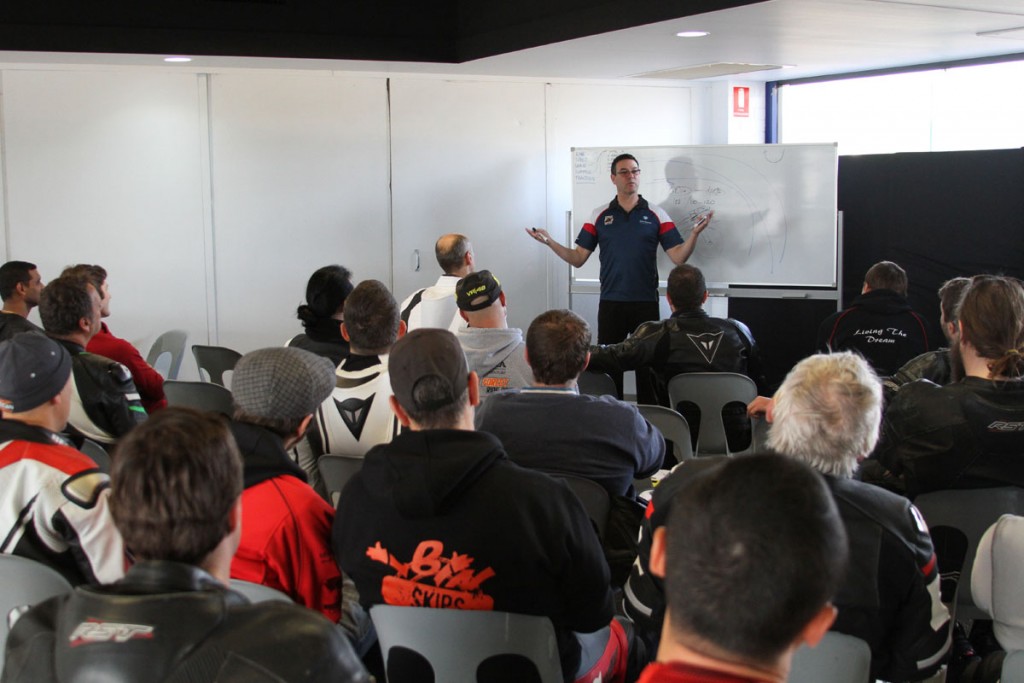
Steve Brouggy, owner of California Superbike School in Australia, personally teaches all of his students. Some riders he has coached have gone onto great careers, including most recently, Australian Superbike Champion Mike Jones
As I fretted about potentially being the only person to never have ridden on a track before, I struck up a conversation with some gentlemen waiting in line next to me. Both had been riding for over a decade, but had never set tyre to track either. Throughout the day I met a huge variety of people, mainly participating in Levels 1 and 2, and it became clear to me that CSS caters for every rider.
After my bike was inspected and deemed ‘track-worthy’, the charismatic Steve Brouggy, the co-founder and managing director of CSS, gave us an introductory safety briefing. Steve was quick to establish a sense of ease and excitement among the students, peppering his talk with jokes that bordered on inappropriate, but were nonetheless hilarious. After this initial talk, we were split into our respective classes and assigned coaches with no more than three students allocated to each coach.
The day would consist of five drills, which included theory lessons preceding approximately 20 minutes on the track, followed by a debrief with the coaches.
Our group was the first on the track – a daunting prospect for any first-timer. The first session was an orientation lap, where we could only use fourth gear and absolutely no brakes. I was mildly terrified at this announcement, thinking it would be a virtually impossible task based on my winding, convoluted map of the track. These first laps were also designed to get us comfortable with the entry speeds of each corner of the track.
Shaking with adrenalin after the initial slow but nerve-wracking session on the track, we were marched directly upstairs for our first lesson with Steve – throttle control, arguably the most important control for cornering.
On the track, the coaches would locate each of us in turn and ride ahead, signalling with a specific hand movement when and how much to throttle-on in the corner. Out of all the drills, this was probably the one I had least trouble with.
I found my normal pattern of acceleration was similar to what my coach was instructing, if a little early in the corner. The second drill however, had a profound effect on my mindset and consequently on my riding.

Steve delivering a lesson between on track riding. Steve, the owner of CSS in Australia, is one of the most highly respected coaches in the world.
In this drill we studied turn points, or simply the spot you aim for in a curve that will give you the straightest line through the corner and the most predictable exit line. The turn points for each corner were marked with a white cross and on the first lap, all of the turn points felt very late in the corner and about a quarter of them felt nearly impossible to hit. It was then I learned that I had been inadvertently increasing the curve of my line around a corner by turning too early.
By the end of the 20-minute track session, I was getting accustomed to the new turn points with the most significant improvement being a tight finishing line, rather than the usual line, consistently wide and less-predictable.
In between the provided lunch and the next track session, I was taken to a small bit of track in the middle of the complex to complete training for the third drill – the quick steer.
Up until that point, I am ashamed to admit that I had never been aware of counter-steering. This drill was a revelation, and from talking to the other participates, I believe it was enlightening for everyone. The drill involved weaving at a constant speed down a straight line by consciously counter-steering. Two coaches watched from the start line and corrected positioning and technique.
We all had to repeat the laps of the straight at least five times before the coaches were satisfied. Although the drill was tricky to get the hang of, once I had the hang of it, achieving the turn points on the track became easy as I learnt to quick steer later in the turn to avoid correcting in the middle of the corner.
The next drill also had a profound effect on all the riders present. The drill was called ‘rider input’ and focused on allowing the motorcycle to have its head in a corner, not trying to fight against bike. All of us found that since we were concentrating hard to put all our learning into practice, as well as the fact that we were repeatedly putting our bodies into a stressful, adrenalin-ridden state, we tended to grip the handlebars for dear life, tensing our upper bodies.
As we discovered, this makes the vehicle unstable in a corner. A bike oscillates within a natural degree of lateral movement, particularly when headed around a corner. By allowing the motorcycle to move within its own framework by relaxing the grip on the bars and dropping the elbows into a relaxed state, the motorbike becomes perceivably more stable.
Coming out of the infamous turn two hairpin, I audibly gasped in amazement at the difference in stability exiting the curve compared to the previous session. However old habits die hard and I still had to fight my body at each corner as it attempted to tense up at the prospect of leaning closer to the asphalt.
Early in the day I had felt the unexpected thrill of terror and then triumph as my boot scraped the ground around my favourite hairpin on the track (turn 9). The concentration I held on the track gave me a symbiosis with the bike and I didn’t even realise how far I was leaning until this sudden jolt.
Naturally, I freaked out and immediately backed off the throttle, ending up with a wide exit line. After this and as the day wore on, I felt as if I was actually decreasing my speed into the corners and each one began to feel laboured. I thought this may be a result of muscle fatigue after four separate adrenalin shots around the track.
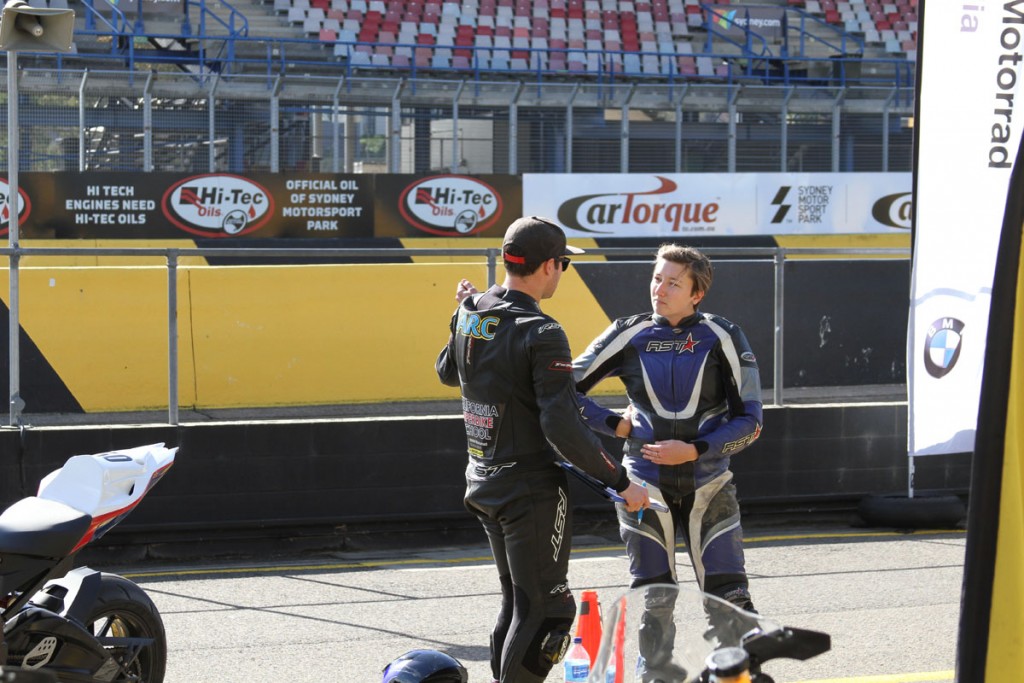
On the fifth and final drill, the reason for my discomfort became apparent. Since the second drill teaching us about turn points, I had had my attention focused too much on meeting the white crosses on the track. This meant as I approached the cross, I reduced entry speed too much and was tense moving into the corner. Drill five was called ‘two-step turning’ and focussed on teaching us to locate the turn point on the road, then once it is clear that you will hit that mark, change your eye line to focus on the apex of your corner.
Once I understood this, all the other drills and skills I learnt throughout the day fell together, the corners felt much more natural and it became an immensely thrilling last hurrah around the track. I was cornering faster and with much more stability and I now had the confidence I was lacking previously.
I did not want to come off the track, but pulling into the pit after the last round, my coach beamed at me and I beamed back as he told me I was like a whole new rider after that session.
The first few laps on the track are frightening because the experience was completely foreign to me. I had never had somebody tape up my rear vision mirrors and speedometer and tell me ride – presumably at high speed – with no cars and your control of the motorcycle being the only potential hazard.
Besides forcing myself to stop trying to check my mirrors, as the day wore on and with the help of Steve and the coaches I became immensely comfortable in this environment. There is something entirely euphoric about the experience. You become removed from your body as you execute a series of actions to bring you successfully around a corner at ludicrous speeds.
In your mind you know you are putting yourself in danger, but the risk is confined entirely to the accuracy of your actions. As a result, leaving at the end of the day to putt once more through Sydney traffic felt as foreign and dangerous to me as the initial laps around the track did at 8am that morning. As I grew accustomed once again to city riding, I found I had a new confidence in my abilities to handle my motorcycle.
I found myself consciously applying each drill we learnt into my riding and felt my old habits – the ones I hadn’t realised were there – gradually dissipate. The school exceeded my expectations 10-fold and I was utterly spent after the long day – both mentally and physically – having crammed so much information into a single day.
The skills learned are so important to any rider, I fervently believe everyone with a newly acquired full riders licence should participate in a day at California Superbike School and set their standard of riding early for an inherently safer and undoubtedly more enjoyable ride.
WINSTON’S EXPERIENCE
Its been 15-odd years since I have been around Eastern Creek on four wheels and being taught how to ride a bike fast and safe on two wheels was something I knew I would enjoy. When Jeff mentioned CSS Level 1 my pulse quickened and my wrist started itching.
The day began with a quick scrutineering check and tape over my mirrors and speedo. We had a safety briefing explaining what the coloured flags meant and how much distance to keep from the other riders.
The day consists of a 20-minute classroom session followed by 20 minutes track time. We would follow our instructor on the track for a lap or so and he or she would demonstrate the drill we were concentrating on. Our instructor would debrief us at the end of each session. Steve Brouggy is a great teacher, and for each classroom session he would give us a drill to practise for the next session. He explained in simple terms how the inputs a rider makes on the bike effects its stability and cornering.
SESSION 1 – THROTTLE CONTROL
Steve explained how controlling the bike and its stability is related to controlling the throttle. First session was fourth gear only and no brakes. My goal was to roll the throttle on once, smoothly and consistently throughout the turn and at the right time. I Hopped on my K3 GSX-R1000 streetfighter and lined up behind a car for a few slow laps to familiarise ourselves with the track. My heart was racing as I took off for the first time at the front of the line. Not breaking was a new thing for me and I was obviously rolling off a long way before the corner. I was trying to be smooth in the corners and take notice of how the bike was feeling in relation to the throttle inputs I was making.
Sam my instructor soon overtook me at the bottom of the straight with one hand on the bars and signalled for me to follow him and watch him as he demonstrated the drill. The session was over way too quickly and I headed into the pits to chat with Sam. He pointed out the things I was doing OK and the things I needed to work on. I was finding the double apex on turn two a bit confusing and he showed me the correct line, so I could work on that next session. I was also suffering with tingly hands from holding on too tight to the handlebars.
SESSION 2 – TURN POINTS
A big X was placed on the road to mark our turn point. The goal was to identify where the turn in point is for each corner and what defines a good line. Still fourth gear, no brakes. This gave me something to aim for before tipping in and I found it really helpful, especially in the double apex turn two, which had a cross in the middle of the track half way around the turn. I got overtaken by an older guy on a ZX-10R who was riding fast and I had fun trying to stick on his tail.
SESSION 3 – QUICK STEER
The goal in the third session was to locate the turn in point and look at the apex before you hit the point and lean the bike in as quickly as you could. This was a bit tricky at first as I had to take my eyes off where I was going as I looked at the apex. After a few laps the drill gave me the confidence to be able to change directions quicker which helped me on the approach to corners three and five which I had been struggling with somewhat as I need to get the bike back across the track and over to the turn in point while still accelerating.
SESSION 4 – RIDER INPUT
This session was about body positioning and how much pressure is really on the handlebars. I struggle with this one and the concept of gripping the tank with my legs was foreign to me. We were allowed another gear and light braking. I tried to relax my hands and hold the handlebars a lot and grip the tank with my knees more and after a few laps my hands felt great.
A young guy on a 600cc race bike also went flying past me into turn one under brakes and seem to slide around the corner effortlessly before disappearing into the distance. It was very impressive to watch. The others in the group were talking about him back in the pits and I overheard them say that his bike was 300cc. How embarrassing, I made a mental note to call my therapist later that night.
 SESSION 5 – TWO-STEP TURNING
SESSION 5 – TWO-STEP TURNING
This session was all about vision, looking where you want to go in the turn and then looking at the exit marker as you come out of the corner. We were allowed all gears and brakes. I tried to put it all together in the last session. Look for turn in point, look at apex, turn in quick, relax hands, wind the throttle on and look at exit point.
I loved being able to test out the brakes in this session and try and apply everything we had been shown that day. When I peeled off into pit lane knowing it would not be for the last time.
I learned so much about my bike and the inputs that I need to make in order for it to go where I want it to on the day. My confidence on the road has increased and everything I learned is applicable to road riding not just on the track. The school is highly recommended and is applicable to beginners on 250cc bikes as much as it is to speed freaks on bigger bikes.
The day exceeded my expectations and ran like clockwork. I cannot thank Steve and his team enough for their professionalism and dedication to making the day so awesome. It truly rates as a day I will never forget and up there with getting my skydiving license. I can’t wait for Level 2.




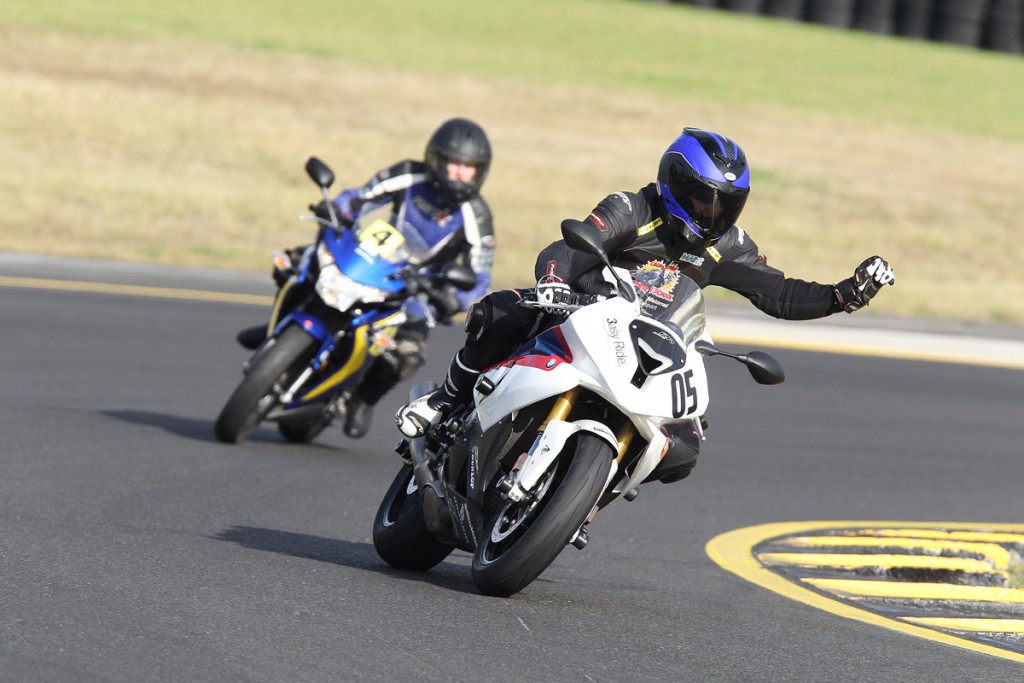
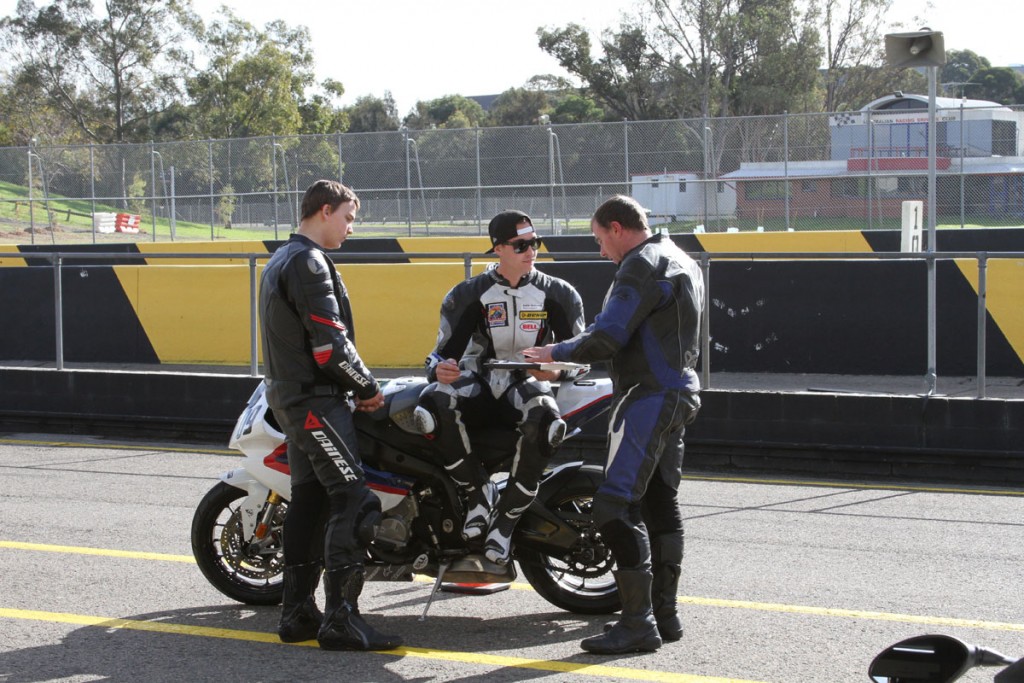
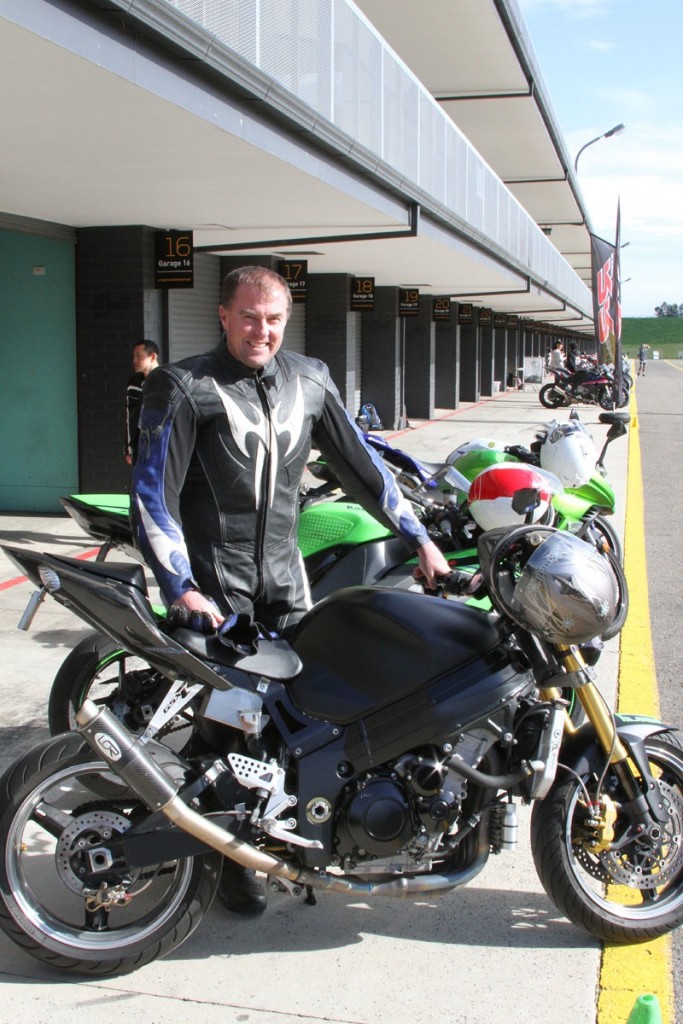
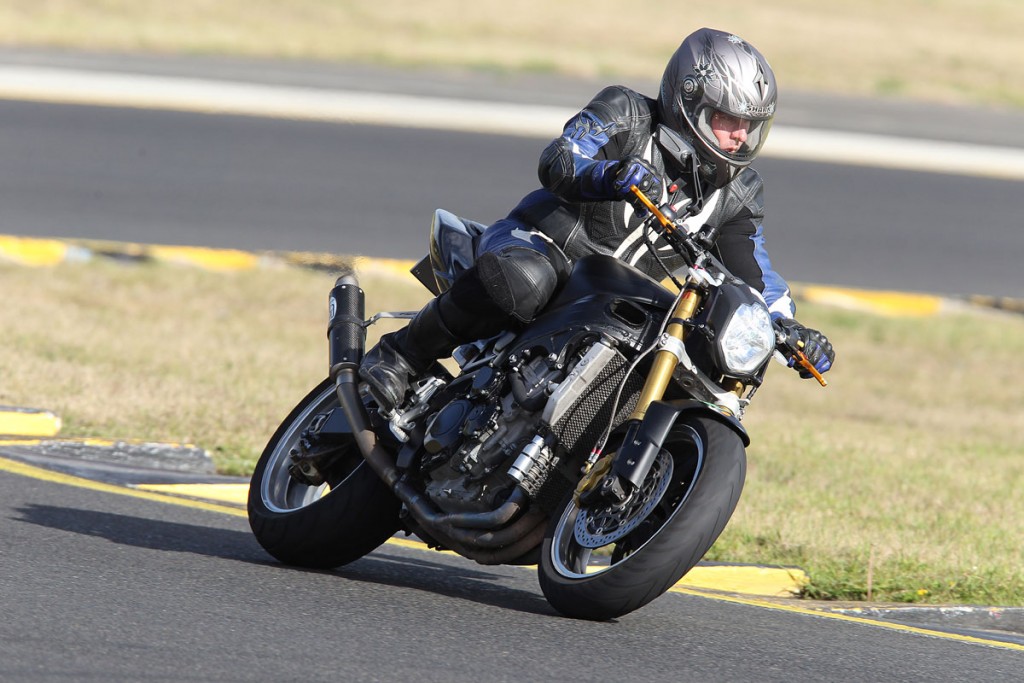
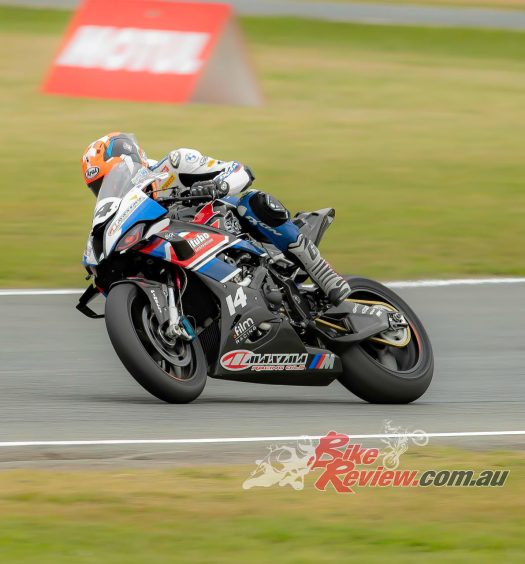


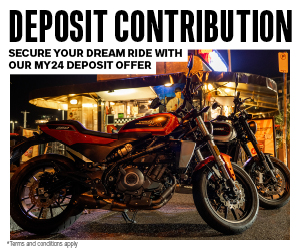
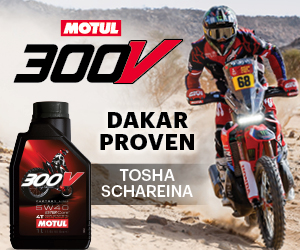
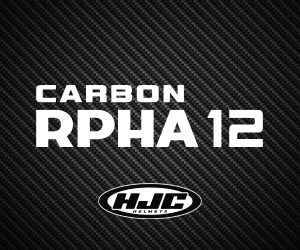


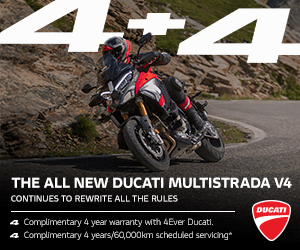


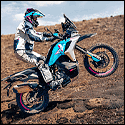




June 20, 2018
Your company is killing me with the lack of reply or customer attention prior to what I am told is a great course.
I have been trying to book a course as a present for a 50th for nearly a week leaving several messages on the phone as well as via E-mail.
After this booking I was, maybe still am planning on booking for my daughter and myself, that is if anyone ever gets back to any one of my messages!!
Your system refuses to accept my address as being in Sydney and clicks over to New Zealand every time, hence my reluctance to proceed with any credit card transactions.
I wait in hope and anticipation.
June 22, 2018
Hey Lee,
We’ve passed that on and hopefully they will be in contact shortly. Let us know how you go.
July 26, 2018
Andrea’s story about her day on the track with CSS is brilliant, she is exactly the sort of person who I feel would eventually make a great motorcycle instructor; she is a born communicator and God knows the sport needs more females in it a this level. Well done and a superb article.
May 3, 2019
Brought level one for my fiance in January for her birthday in upcoming Queensland Australia course and for months she and now I have been trying to get in contact to arrange riding gear and no answer. This is a scam. She really wanted to do this and was so excited for it to be crushed by this. Says refund available if before 30 days but do not answer phone calls or txts or emails or Facebook messages. They even take join the wait list bookings yet no one even works here.. worst service ever. Contacting police.
Frustrated Craig